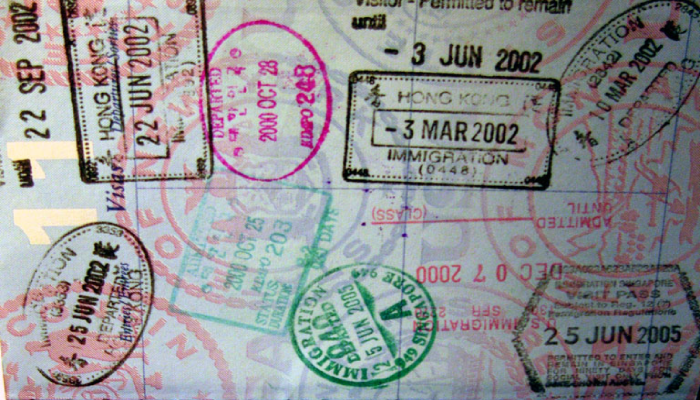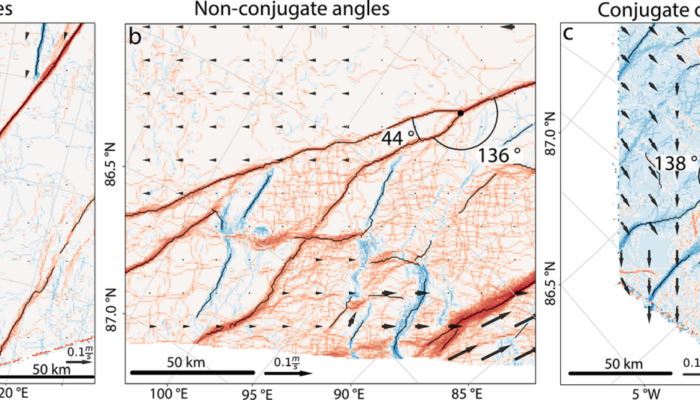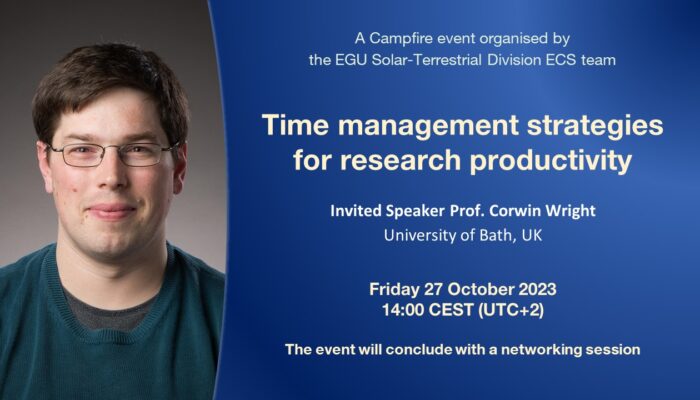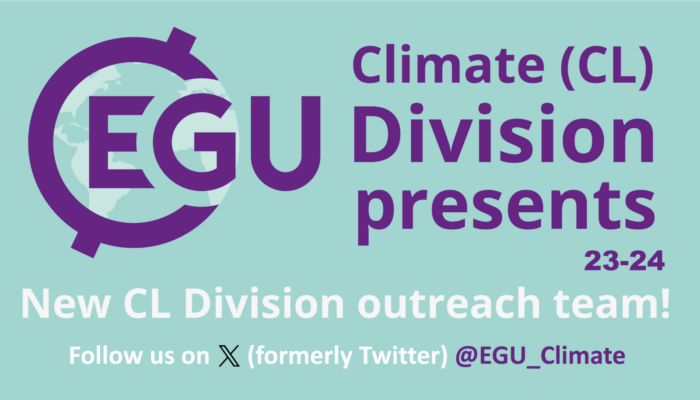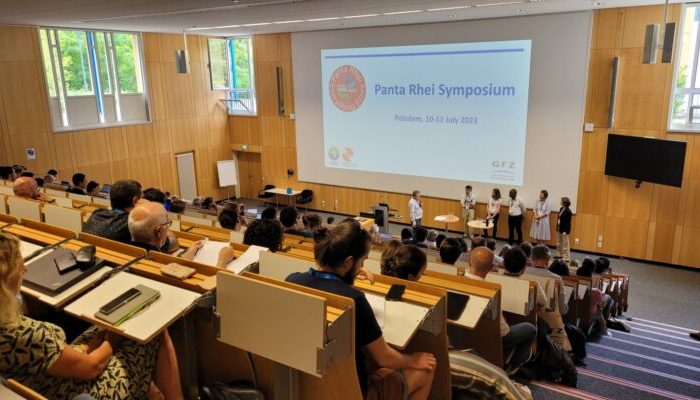This blog post is part of our series: “A day in the life of a geomorphologist” for which we’re accepting contributions! Please contact one of the GM blog editors, Emily or Emma, if you’d like to contribute on this topic, or others. by Christopher Stringer, PhD researcher, School of Geography, University of Leeds Twitter: @sedsstringer | Email: gycds@leeds.ac.uk The sky was pink as the sun ...[Read More]
Cryospheric Sciences
The search for the Antarctic giants!
The deep Southern Ocean is full of giants! Some of them scared the sailors for centuries, like the colossal squid or, as they called it, The Kraken. They thought it was a huge monster capable of sinking ships! Far from it, these giants ran away from us, and we still know very little about them! They live in depths where the light cannot penetrate, the largest ecosystem on Earth, the Deep-Sea! They ...[Read More]
Seismology
Geo-Movie Cup 2023 – vote for your favourite!
Next week, brace yourselves for the grand unveiling of the most eagerly anticipated film competition of the year by the EGU Seismology ECS team! Never mind the prestigious Oscars and Golden Globes, the Geo-Movie Cup 2023 will be on level par in terms of movie eliteness. In a world saturated with endless sequels, Disney live action remakes and colossal franchise blockbusters, there exists a sub-gen ...[Read More]
Geodynamics
T for temperature in seismic [T]omography and more
Seismic tomography, a powerful geophysical technique, is like the Sherlock Holmes of the Earth’s interior. It helps us uncover crucial information about the lithosphere and mantle, including temperature and density distributions. Understanding these physical properties is vital for a wide range of geological applications, from identifying regions of strain localization to assessing geotherma ...[Read More]
Geochemistry, Mineralogy, Petrology & Volcanology
The role of citizenship in geosciences
When international scientists from countries with a very low gross domestic product (GDP) get together at the proverbial water-cooler, we don’t talk about the weather, we talk about immigration. The conversation topics can vary between navigating a new immigration system due to an upcoming move, issues with our institution’s international office or wondering whether we will be able to secure a tra ...[Read More]
Cryospheric Sciences
Highlighted Paper: Breaking the ice – what’s new in modeling sea ice deformation
Most of the time when we speak or read about sea ice it is probably about its extent or thickness or the decline in both, or maybe even about the microorganisms living inside and underneath it. How sea ice breaks and deforms is normally not so much the topic of general discussions. This is actually a really important process that we do not know enough about, at the same time it is pretty co ...[Read More]
Solar-Terrestrial Sciences
ST-ECS Networking Campfire on “Time management strategies for research productivity”
Life in academia can be complex, involving handling multiple roles while developing and sustaining a successful career. Therefore, it can be challenging to balance research responsibilities with other commitments. Understandably, effective time management is essential for researchers to be productive and to achieve their goals, without sacrificing other important matters in life. The Early Career ...[Read More]
Hydrological Sciences
How far can we take the DORA rules?
DORA stands for Declaration on Research Assessment, also known as the San Francisco Declaration on Research Assessment. The declaration was developed back in 2012 during the Annual Meeting of the American Society for Cell Biology in San Francisco and has become a worldwide initiative since then. The country where you are currently reading this post has most probably signed the declaration (the cou ...[Read More]
Climate: Past, Present & Future
EGU Climate Division presents: Outreach Team 2023 edition
The European Geosciences Union (EGU) is a multidisciplinary organization, encompassing various fields within the geosciences. Each field is represented by its own Division, within which a number of volunteer roles exist. These roles include the President and Deputy President, a Programme Group Chair, Science Officers, Early Career Scientist Representatives, and an Outreach Team. Every year at the ...[Read More]
Natural Hazards
When ten years of research come to an end – The final Panta Rhei Symposium
On the 10th and 11th of July 2023, the final symposium for the scientific decade, “Panta Rhei – Everything Flows: Change in Hydrology and Society” of the International Association of Hydrological Sciences (IAHS), took place at the German Research Centre for Geosciences (GFZ) in Potsdam. During these two days, 150 hydrologists, engineers, social scientists and practitioners from 32 countries gather ...[Read More]

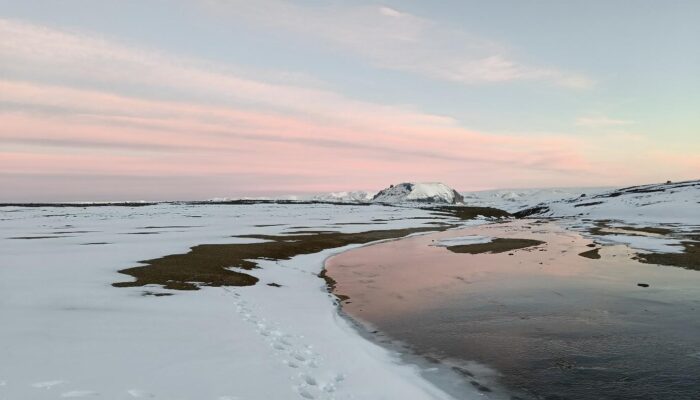
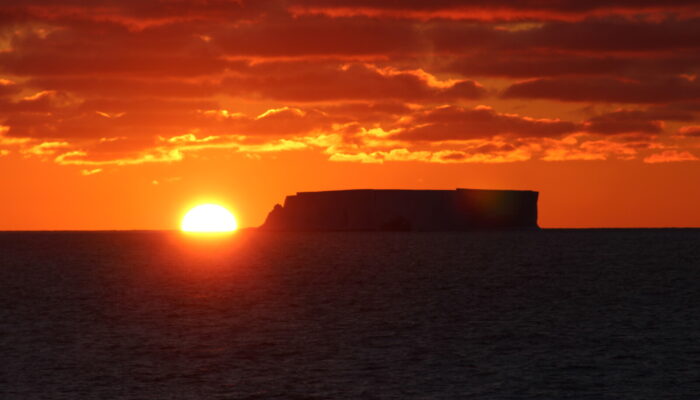
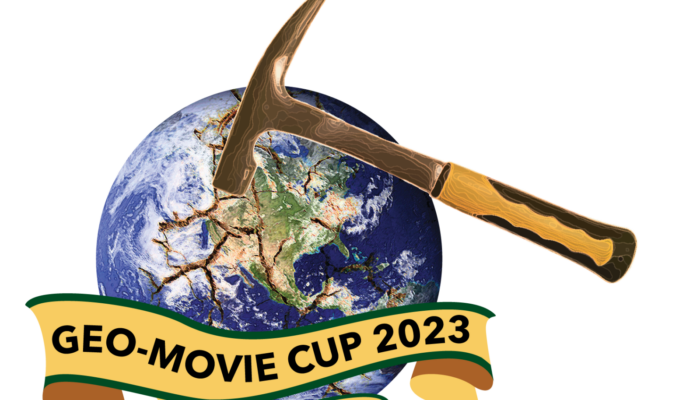
![T for temperature in seismic [T]omography and more](https://blogs.egu.eu/divisions/gd/wp-content/blogs.dir/32/files/2023/10/Featured-image-1-700x400.jpg)
